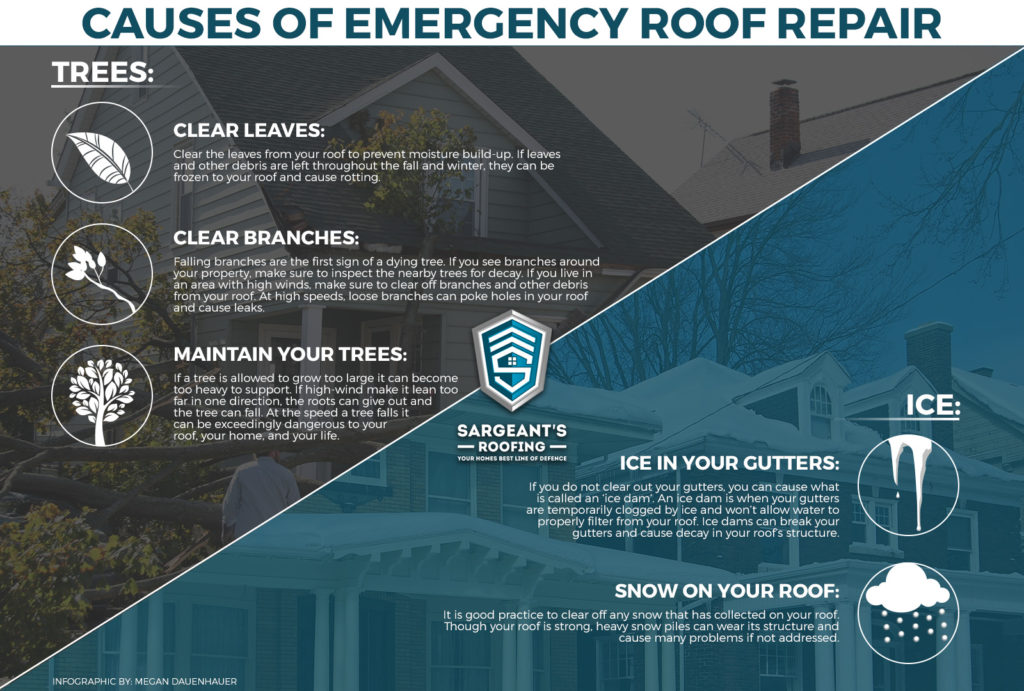Examining Different Types Of Solar Panels: Determining The Most Ideal Option For Your Home
Examining Different Types Of Solar Panels: Determining The Most Ideal Option For Your Home
Blog Article
Created By-Vilhelmsen Calhoun
When it involves picking the best photovoltaic panels for your home, the options can be frustrating. Each type offers distinct advantages and trade-offs, making it vital to identify which elements align finest with your objectives. Whether your emphasis gets on performance, cost-effectiveness, or appearances, there's a solar panel type that can accommodate your requirements. So, before you choose, consider the important aspects that will certainly impact your solar energy system's performance and viability for your home.
Monocrystalline Solar Panels
When taking into consideration solar panels, you might stumble upon monocrystalline solar panels. These panels are known for their high performance rates as a result of their construction from a solitary constant crystal framework. simply click the following article enables monocrystalline panels to execute far better in reduced light problems compared to various other kinds of photovoltaic panels. Furthermore, their sleek black look makes them a popular option for domestic setups, assimilating effortlessly with most roofs.
One vital advantage of monocrystalline photovoltaic panels is their area performance. They require less space to produce the exact same amount of power as various other solar panel kinds, making them perfect for homes with restricted roof covering area.
While monocrystalline panels tend to be a lot more expensive in advance, their lasting durability and effectiveness commonly make them an economical financial investment in the realm of solar energy. If you prioritize effectiveness and appearances in your solar panel choice, monocrystalline panels could be the best choice for your home.
Polycrystalline Solar Panels
Polycrystalline photovoltaic panels, likewise referred to as multicrystalline photovoltaic panels, use a different option to monocrystalline panels. These panels are made from silicon crystals that are thawed with each other, creating a much less consistent look contrasted to monocrystalline panels.
One of the crucial benefits of polycrystalline panels is their reduced production price, making them a more affordable alternative for house owners seeking to buy solar power.
While types of solar energy systems might have a slightly lower performance price compared to monocrystalline panels, they still use a trusted and cost-efficient means to create solar energy for your home. https://www.mass.gov/news/baker-polito-administration-celebrates-the-installation-of-solar-panels-at-reilly-memorial-rink-and-murphy-memorial-rink-in-boston do well in heats and are a sturdy selection for a variety of climates.
If you have a bigger roofing area and are wanting to maximize your power manufacturing without breaking the financial institution, polycrystalline panels could be the ideal option for you.
When taking into consideration solar panel choices for your home, it's vital to consider the cost-effectiveness and effectiveness of polycrystalline panels against your power demands and budget restraints.
Thin-Film Solar Panels
Going on to Thin-Film Solar Panels, these panels provide an one-of-a-kind alternative to conventional silicon-based choices like polycrystalline panels. Thin-film panels are light-weight and flexible, making them easier to mount on numerous surfaces like curved rooftops or walls. They're additionally much more cosmetically pleasing, assimilating perfectly with the architecture of your home.
Nevertheless, it's important to note that thin-film panels commonly have lower efficiency rates contrasted to crystalline silicon panels. This implies you may require more area to create the exact same amount of power.
On the bright side, thin-film panels perform better in low-light conditions and have a reduced temperature level coefficient, suggesting they can produce more energy on warm days. If you have enough room and are searching for a flexible and visually attractive photovoltaic panel choice, thin-film panels could be a wonderful choice for your home.
Final thought
Finally, when choosing the best photovoltaic panel type for your home, consider your energy requires, spending plan, and area restraints. Monocrystalline panels supply high effectiveness in minimal room, while polycrystalline panels offer a cost-efficient alternative with trustworthy efficiency. Thin-film panels supply adaptability and visual allure but might have reduced effectiveness rates. By weighing these variables, you can pick the solar panel kind that ideal fits your details requirements.
